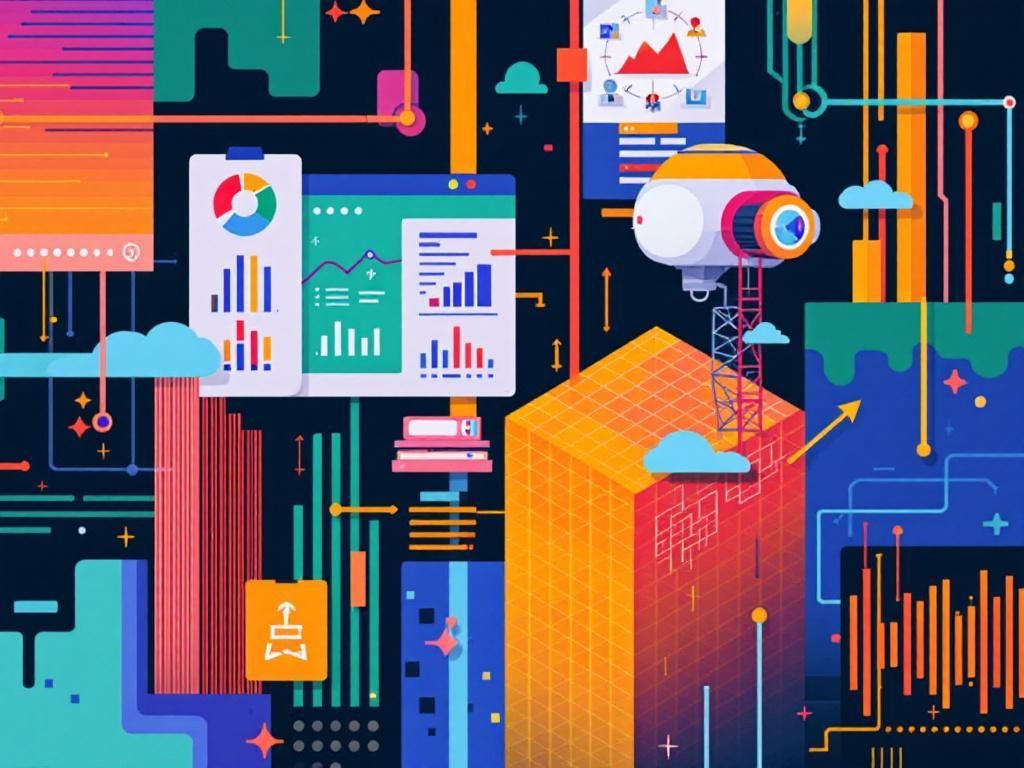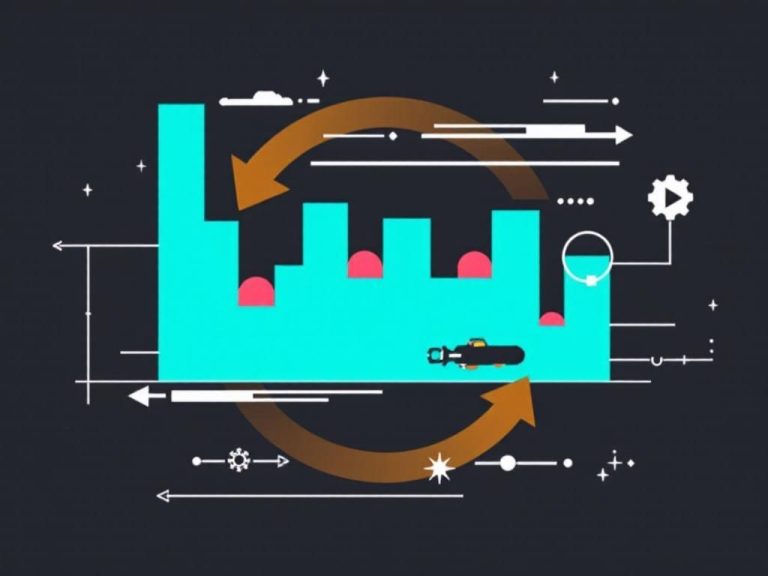In the rapidly evolving realm of artificial intelligence (AI), the demand for accurate and efficient data labeling has never been more critical. As more organizations turn to machine learning algorithms to derive insights and drive decision-making, the significance of labeled data emerges as a fundamental cornerstone. Automated data labeling stands at the forefront of this revolution, promising to enhance the speed, accuracy, and scalability of data preparation processes.
Understanding Data Labeling
Data labeling is the process of annotating data with informative tags that help machine learning models to learn and make predictions. This process is pivotal for supervised learning, where models are trained using labeled datasets. The labels can take various forms, including:
- Text labels: Used for sentiment analysis or intent recognition.
- Image labels: Used for object detection, classification, and segmentation.
- Audio labels: Used for speech recognition and sound classification.
Due to the intricacies involved in data labeling, it often requires substantial time and human resources. Traditional methods are not only labor-intensive but can also introduce human error, potentially skewing the outcomes of AI training.
The Need for Automation
As organizations expand their AI initiatives, the volume of data generated increases exponentially. Manual labeling becomes a bottleneck, leading to delays in project timelines and increased costs. According to a recent report, data labeling can account for up to 80% of the total time spent on machine learning projects. This is where automated data labeling comes into play, offering numerous advantages:
Benefits of Automated Data Labeling
- Speed: Automated systems can process large datasets in a fraction of the time it would take human annotators.
- Scalability: Organizations can scale their data preparation efforts to align with growing data and project demands.
- Consistency: Automated labeling reduces variability and bias, leading to more uniform datasets.
- Cost-Effectiveness: Reduces the need for large teams of human annotators, resulting in significant savings.
How Automated Data Labeling Works
Automated data labeling leverages advanced technologies such as machine learning, natural language processing, and computer vision. Here’s a breakdown of how the process typically works:
1. Data Collection
A vast amount of raw data is gathered from various sources, including IoT devices, social media, and enterprise systems.
2. Preprocessing
The raw data is cleaned and transformed to ensure it is suitable for labeling. This may involve removing duplicates, normalizing formats, and handling missing values.
3. Label Prediction
Machine learning models are trained on pre-labeled datasets to learn patterns and features. These trained models are then applied to new datasets to predict labels.
4. Human-in-the-Loop Validation
To enhance accuracy, a human reviewer may verify a subset of the automated labels, allowing for continuous model improvement.
5. Iteration
The models are iteratively trained and refined based on validation feedback, leading to improved performance over time.
Case Studies of Automated Data Labeling
Several organizations have successfully implemented automated data labeling solutions, resulting in transformative outcomes:
| Organization | Application | Results |
|---|---|---|
| Company A | Image Classification | Reduced labeling time by 70% |
| Company B | Sentiment Analysis | Improved accuracy by 30% |
| Company C | Object Detection | Scaled operations to handle 10x more data |
Challenges and Considerations
Despite its advantages, automated data labeling is not without challenges. Organizations must consider the following:
1. Quality Control
The quality of automated labels can vary based on the model’s training data. Continuous monitoring and validation are necessary to maintain accuracy.
2. Data Privacy Concerns
Automated systems need to adhere to data protection regulations, ensuring that sensitive information is handled appropriately.
3. Integration with Existing Workflows
Seamless integration of automated data labeling into existing data pipelines can be complex and may require significant adjustments.
Future Trends in Automated Data Labeling
The landscape of automated data labeling is continually evolving. Here are some trends to keep an eye on:
1. Enhanced Machine Learning Techniques
New advancements in deep learning and transfer learning are likely to improve the accuracy and efficiency of automated labeling systems.
2. Greater Adoption of AI
As more industries begin to embrace AI technologies, the demand for automated data labeling will continue to rise, driving innovation in this space.
3. Collaborative AI Systems
Future models may incorporate collaborative approaches, allowing multiple systems to work together and improve labeling performance through shared learning.
Conclusion
Automated data labeling represents a significant advancement in the field of artificial intelligence, providing organizations with the opportunity to accelerate their AI initiatives and enhance the quality of their datasets. As technology evolves, the integration of automated labeling into machine learning workflows will become increasingly essential for businesses seeking to leverage AI for competitive advantage. By addressing the challenges and embracing future trends, organizations can unlock the full potential of their data and drive innovation across various sectors.
FAQ
What is automated data labeling?
Automated data labeling is the process of using artificial intelligence algorithms to categorize and annotate data without manual intervention, significantly speeding up the preparation of training datasets for machine learning models.
How does automated data labeling improve AI performance?
By providing high-quality labeled data quickly and efficiently, automated data labeling enhances the accuracy and effectiveness of AI models, enabling them to learn from diverse datasets and improve their predictions.
What are the benefits of using automated data labeling?
The benefits include reduced time and labor costs, increased scalability for large datasets, improved consistency in labeling, and the ability to rapidly iterate on AI models.
Can automated data labeling be used for different types of data?
Yes, automated data labeling can be applied to various data types including images, text, audio, and video, making it versatile for different AI applications.
What industries can benefit from automated data labeling?
Industries such as healthcare, finance, retail, and autonomous vehicles can greatly benefit from automated data labeling by enhancing their AI capabilities and operational efficiency.
Is automated data labeling accurate?
While automated data labeling can achieve high accuracy, it is essential to implement quality assurance measures and human oversight to validate the labels, ensuring the data’s reliability for training AI models.




